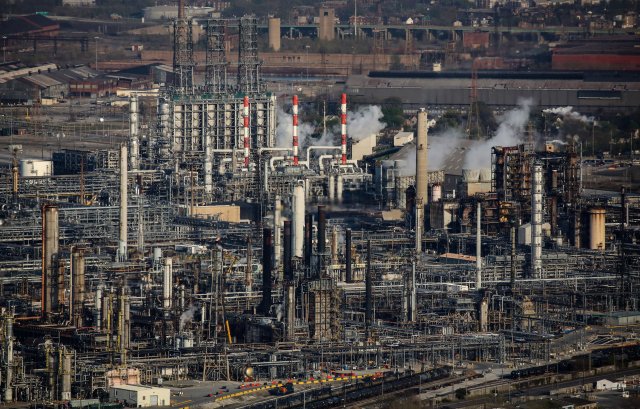Trump's Order Puts Northwest Indiana's Future in Crosshairs: Development and Ecosystem at Risk

Environmental advocates in Northwest Indiana are raising alarm bells following President Donald Trump's latest executive order, which signals potential shifts in energy policy that could have significant environmental implications. The recent directive has sparked concerns among local conservationists about the potential rollback of environmental protections and the future of sustainable energy initiatives in the region.
Experts worry that the executive order may pave the way for reduced environmental safeguards, potentially compromising the delicate ecological balance of Northwest Indiana. The timing and scope of the order have left many community leaders and environmental watchdogs questioning the long-term impact on local ecosystems and clean energy development.
As tensions rise and uncertainty looms, local environmental groups are mobilizing to voice their opposition and seek clarity on the potential consequences of this controversial executive action. The coming weeks are expected to be critical in understanding the full extent of the order's implications for Northwest Indiana's environmental landscape.

